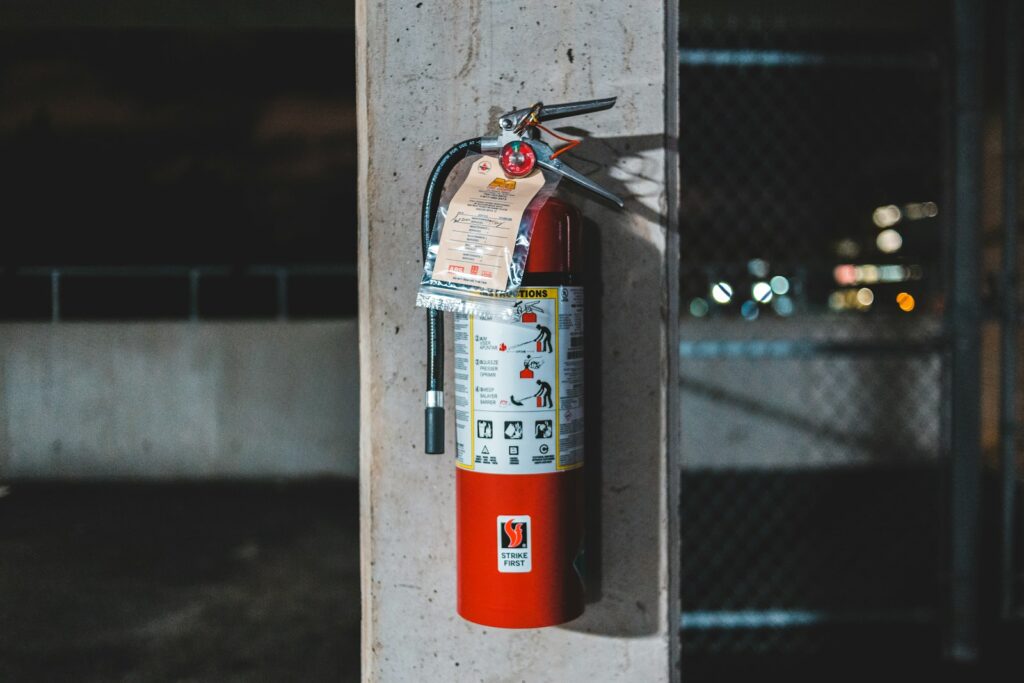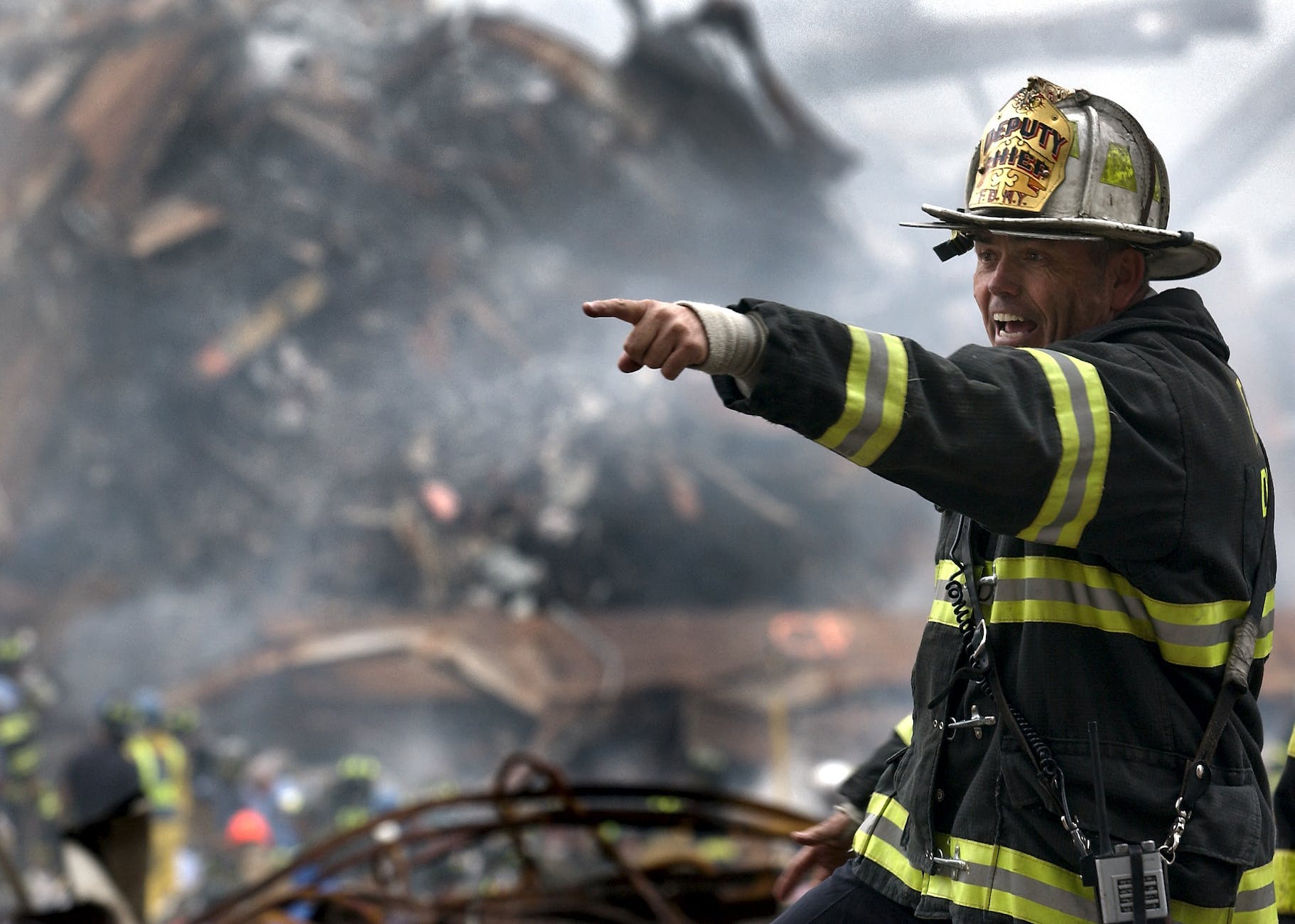Facing a fire can be a terrifying experience, but having the right tools on hand can make a world of difference. Fire extinguishers are your first line of defense against small fires, but choosing the right one is crucial.
Understanding the Classes:
Before diving into specifics, remember that fire extinguishers are classified based on the type of fire they can combat. These classes are:
- Class A: Ordinary combustibles like wood, paper, and textiles.
- Class B: Flammable liquids like gasoline, oil, and grease.
- Class C: Electrical fires involving energized equipment.
- Class D: Combustible metals like magnesium and potassium.
- Class K (think Kitchen): Cooking oils and fats.
The Extinguisher Arsenal:
Now, let’s explore the common types of extinguishers and their strengths:
- Water Extinguishers (Class A): Simple and affordable, but only use them on Class A fires. Water conducts electricity, making them unsuitable for electrical fires.
- Foam Extinguishers (Class A & B): Effective on both Class A and B fires. The foam blanket smothers the fire and cools the burning fuel.
- Carbon Dioxide Extinguishers (Class B & C): Ideal for Class B and C fires. The CO2 displaces oxygen, suffocating the flames. However, they can leave behind residue and are ineffective on Class A fires.
- Dry Chemical Powder Extinguishers (Class A, B, & C): Versatile against Class A, B, and C fires. The powder smothers the flames and cools the fuel. However, the powder can be messy and leave residue, and it’s not suitable for Class D or K fires.
- Wet Chemical Extinguishers (Class K): Designed specifically for Class K fires involving cooking oils and fats. The wet chemical agent saponifies the burning fat, extinguishing the flames.
Remember: Always check the label on your fire extinguisher to ensure it’s rated for the type of fire you might encounter. You might keep different types in your home, for instance a Class K in your kitchen and a Class ABC in the garage.
Taming the Flames: How to Use a Fire Extinguisher:
- Pull the safety pin: This releases the pressure mechanism.
- Aim the nozzle: Point the nozzle at the base of the fire, not the flames.
- Squeeze the trigger: Discharge the extinguisher in short bursts, moving the nozzle side-to-side to cover the fire area.
- Sweep and repeat: Continue aiming and discharging until the fire is completely extinguished.
- Evacuate the area: Once the fire is out, leave the area immediately and call the fire department.
Important Reminders:
- Never use a fire extinguisher on a fire you can’t safely contain.
- Know the limitations of your extinguisher. It’s for small fires, not infernos.
- Practice using your fire extinguisher beforehand. Familiarity breeds confidence.
- Maintain your fire extinguisher regularly. Follow the manufacturer’s instructions for inspection and maintenance.
By understanding the different types of fire extinguishers and how to use them properly, you can empower yourself and your loved ones to face fire emergencies with preparedness and confidence. Remember, fire safety is everyone’s responsibility. Take action today and equip yourself with the knowledge and tools to stay safe!


